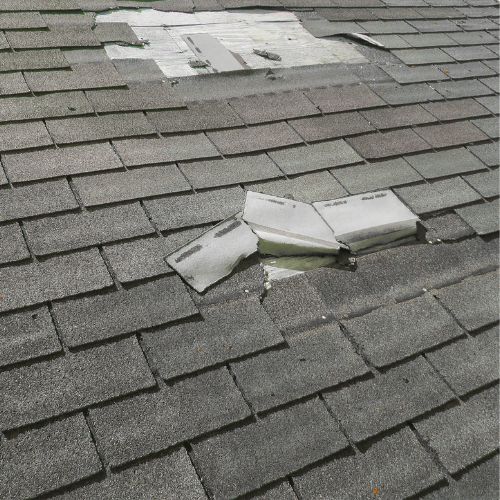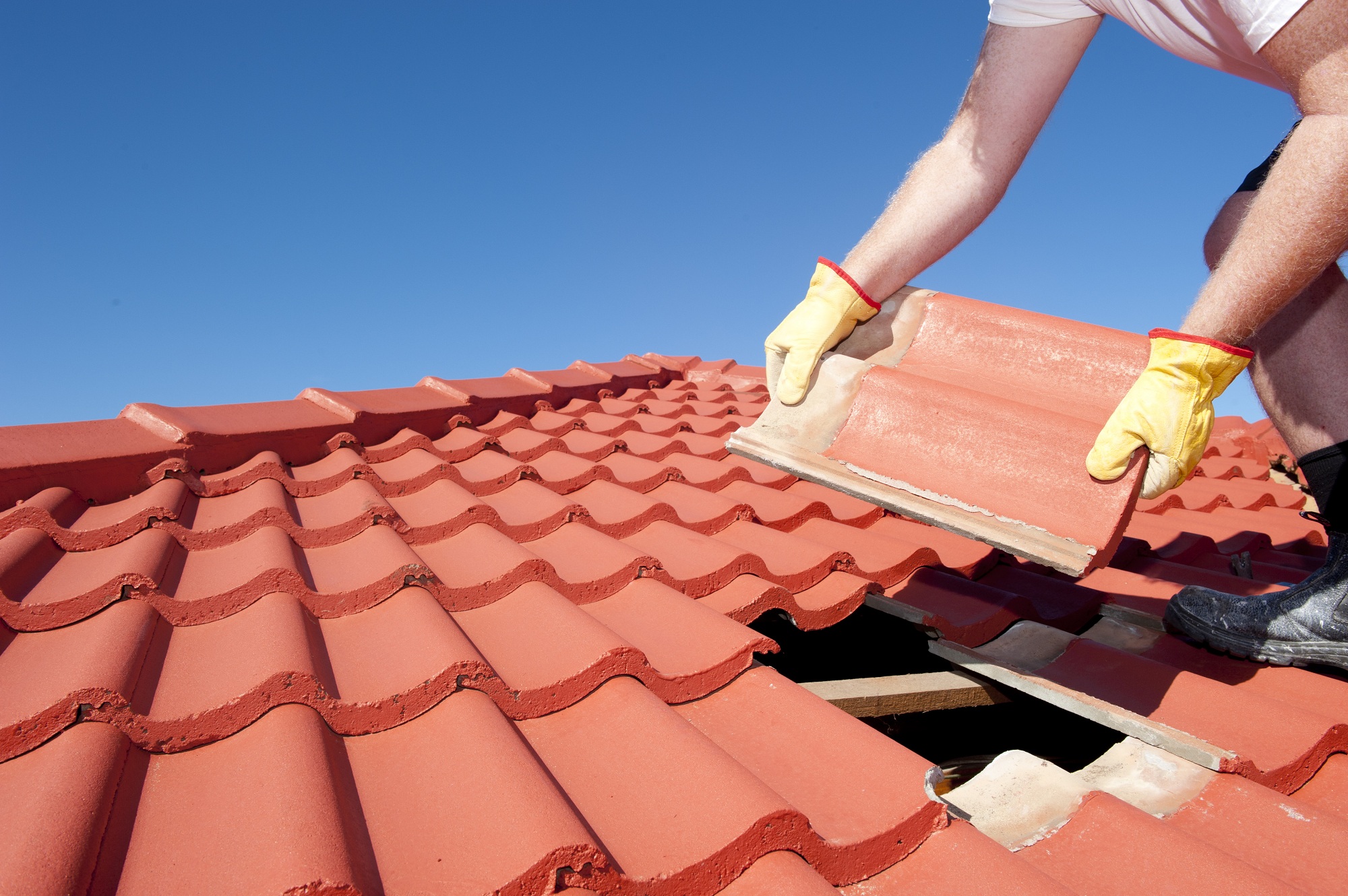Key Factors To Consider for an Effective Roofing Installation: Accomplishing Durability and Efficiency
In embarking on the trip of roof installation, one have to focus on crucial factors to consider to guarantee both longevity and performance. The choice of products, tailored to withstand neighborhood climate conditions, plays a crucial role in maintaining architectural integrity. Similarly crucial is the style, which should fit proper water drainage and supply adequate support. Embracing finest practices throughout setup can considerably minimize potential issues such as wetness build-up and power inadequacy. As we discover these elements, it ends up being apparent that an effective roof installation is not simply about covering a structure however concerning crafting a resilient and lasting option. What are the important components that really make a distinction?
Choosing the Right Products

Climate plays a critical duty in product choice. In regions vulnerable to hefty rainfall or snow, products like asphalt tiles or metal roofing with high water resistance are a good idea. Alternatively, in hot climates, materials with reflective homes, such as trendy roof membranes or floor tiles, can help in reducing energy expenses by deflecting sunshine.
Spending plan factors to consider additionally influence product option. While premium products like slate or clay ceramic tiles use long-lasting efficiency, they include higher upfront costs. Nevertheless, they can confirm cost-effective gradually due to their marginal maintenance demands and prolonged life expectancy.
Finally, the building style of the structure need to integrate with the roof product. Traditional homes may benefit from wooden roof shingles, whereas contemporary structures could choose for smooth metal finishes. By carefully considering these factors, you can select materials that align with both functional and visual objectives.

Understanding Roof Layout
Understanding roof covering design is crucial in achieving a well-functioning and aesthetically pleasing structure. The design of a roofing system affects not just the aesthetic appeal yet likewise the architectural integrity and performance of the building. An attentively developed roofing system can improve the overall architectural style while ensuring reliable drainage, insulation, and air flow.
Crucial element of roofing design include the pitch, form, and structural support system. The pitch, or incline, determines exactly how effectively water and debris are shed from the roof covering surface, affecting the lifespan of roofing products. Typical roof shapes include gable, hip, level, and mansard, each offering distinct advantages and aesthetic high qualities. Gable roof coverings are preferred for their simplicity and reliable water losing, while hip roof coverings give exceptional stability in high wind areas.
Structural support systems, such as trusses and rafters, are crucial in dispersing weight and maintaining the roofing's stability. Proper layout ensures that the roof covering can endure environmental loads and stand up to deformation. Additionally, incorporating features like overhangs and eaves can safeguard the building's façade and improve power effectiveness by supplying shade and decreasing warmth gain.
Eventually, a well-considered roofing system design equilibriums form, function, and durability, adding to the long-lasting success of the installation.
Environment Considerations

In warm and bright climates, roof click for more info products need to mirror, rather than soak up, solar warm to preserve power efficiency and avoid too much thermal growth, which can result in material degradation - Keep Dry Roofing St Peters MO. Conversely, in cooler regions, materials must give appropriate insulation to avoid heat loss and stand up to freeze-thaw cycles that can create splitting and other structural issues
Furthermore, the selection of color and finish can dramatically influence a roof covering's thermal performance, specifically in locations with severe temperature variations. Local building regulations frequently provide support on ideal products and layouts, mirroring regional environment worries. Consequently, a comprehensive understanding of climatic problems is indispensable for selecting materials and styles that guarantee a roof covering's optimum efficiency over its life expectancy.
Setup Best Practices
Reliable roofing installation is a critical element of guaranteeing long-lasting toughness and performance. Sticking to ideal methods during installment not only safeguards architectural stability however additionally decreases costly future fixings. Selecting the right products is vital. Utilizing premium roof shingles, underlayment, and blinking customized to the details climate and building layout will enhance the roofing system's resilience.
Similarly important is the preparation of the roof deck. Making certain that the deck is clean, completely dry, and structurally audio prior to installation avoids problems such as leaks and early wear. Proper air flow is an additional vital consideration, as it minimizes wetness build-up check my source and thermal anxiety, thus prolonging the roof's life-span.
Precision in measurement and placement during the installment process is important. This includes precise positioning of shingles and precise attention to overlapping, which protects against water access. Using professional, experienced labor makes certain these criteria are met, decreasing the risk of errors that might compromise the roof's effectiveness.
Energy Efficiency Strategies
Enhancing a roof's power efficiency is a critical factor to consider for decreasing energy costs and ecological effect. By picking proper materials and modern technologies, property owners and builders can significantly boost the thermal performance of a roofing system, hence minimizing energy consumption. Among the key methods includes making use of reflective roofing products, which deflect more sunlight and take in much less heat. This can cause a significant reduction in cooling expenses, particularly in warmer climates.
In addition, the unification of ample insulation is vital in stopping heat transfer in between the inside and exterior of a structure. Insulation materials with high R-values, such as spray foam or inflexible foam boards, are reliable in preserving a regular indoor temperature, thereby optimizing heating and cooling system efficiency.
Additionally, the combination of solar panels on rooftops not only creates eco-friendly energy but can also provide color, additional reducing warm gain (Keep Dry Roofing St Peters MO). Technologies like amazing roofing systems, which make use of coverings to show even more sunshine, are also gaining appeal for their ability to decrease roof covering temperatures
Verdict
To conclude, click this link attaining an effective roof covering installment necessitates a thorough method that incorporates the option of top quality materials tailored to details climatic problems, thoughtful layout factors to consider for ideal drainage and structural integrity, and adherence to thorough installment techniques. These components collectively guarantee the avoidance of moisture buildup and thermal tension, therefore boosting the roofing's toughness and efficiency. Incorporating techniques to enhance energy performance better contributes to decreasing upkeep demands and reducing energy usage over the roof's life-span.